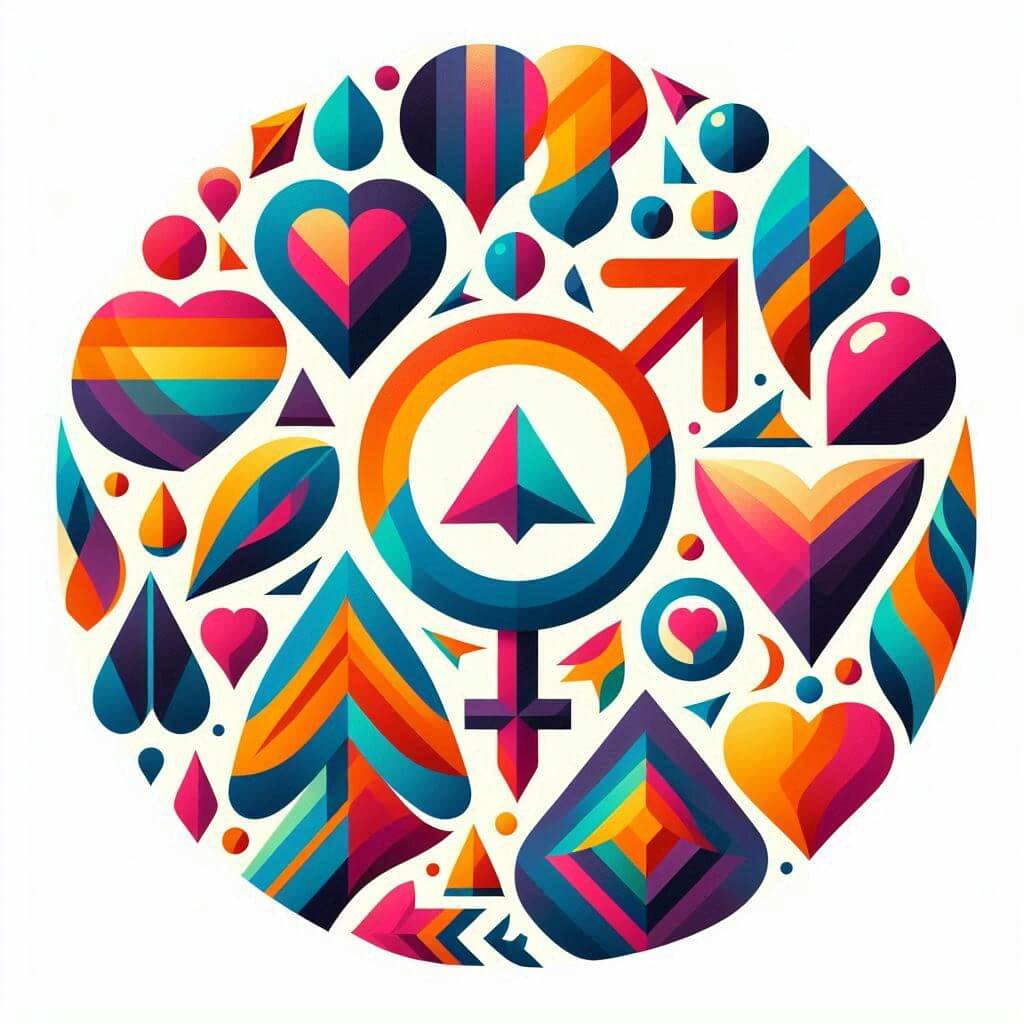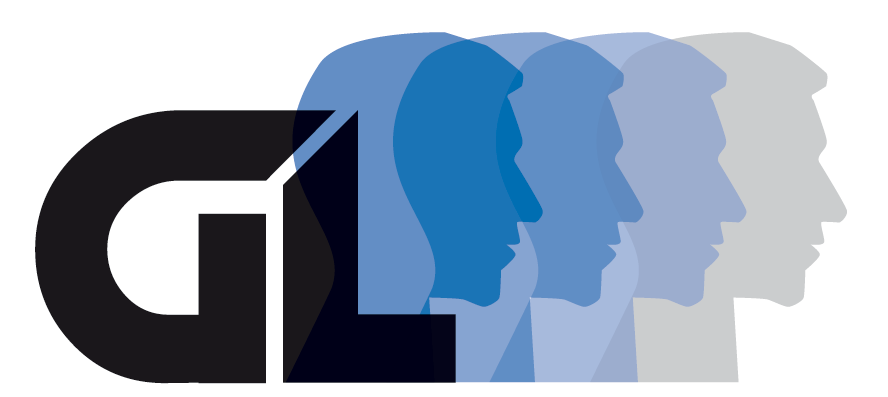In the diverse spectrum of human identities, understanding the concept of “agender” is important. The term “agender” refers to individuals who identify as non-gendered. Unlike gender fluidity, where gender can change, or non-binary identities that exist outside the traditional male-female dichotomy, agender individuals often experience a complete lack of gender. This experience can be deeply personal and can vary from person to person.
Many older adults describe feeling completely disconnected from their gender. They do not necessarily experience the internalized societal expectations often associated with being male or female. While some may find comfort in presenting themselves in a way that is generally perceived as androgynous, others may not adhere to any particular style or expression. Each person uniquely navigates this identity, making it as varied as the human experience itself.
 To understand what it means to be gendered, it is important to recognize the difference between gender identity, gender expression, and biological sex. Biological sex refers to the physical characteristics (such as chromosomes, hormone levels, and reproductive/sexual anatomy) that a person is born with. Gender identity is how someone identifies with themselves, which may or may not match their biological sex. Gender expression is how a person presents their gender to the outside world through clothing, behavior, and appearance.
To understand what it means to be gendered, it is important to recognize the difference between gender identity, gender expression, and biological sex. Biological sex refers to the physical characteristics (such as chromosomes, hormone levels, and reproductive/sexual anatomy) that a person is born with. Gender identity is how someone identifies with themselves, which may or may not match their biological sex. Gender expression is how a person presents their gender to the outside world through clothing, behavior, and appearance.
Elderly people may prefer to use specific pronouns, such as they/them, or no pronouns at all. Their choice of pronouns is an important aspect of their identity. The terms “neutra” or “gender-neutral” are sometimes used synonymously or in a similar context to describe having no gender. However, each person’s experience is unique, and these terms may mean different things to different people.
Awareness or acceptance of agender identity can occur at any stage of life. Some people may have felt disconnected from gender roles and expectations since childhood, while others may have come to understand and identify as ageists later in life. There is no fixed timetable for this process, and it may involve a period of self-reflection and exploration.
Transgender individuals often seek validation from peers, family, and society at large. This may include coming out, a process where they reveal their age identity to others. This step is deeply personal and can be both liberating and challenging. Coming out may not happen immediately, but over time, in different contexts and with people.
Some seniors may choose to undergo a medical or legal transition to better match their physical characteristics or legal documents with their identity. This could include changing their name, updating their gender markers on legal documents, or taking hormones. However, it’s important to note that not all ages will feel the need to take these steps, as their genderless experience does not necessarily involve physical or medical changes.
Social Interactions And Societal Expectations
Navigating social interactions can be challenging for older adults, mainly because society is largely structured around binary gender norms. From birth, people are classified as male or female, and this label largely determines their social interactions and personal development. Egender people often question the imposed norms and resist them.
For example, basic social customs like greetings often contain gendered language—terms like “sir” or “ma’am” can feel awkward or wrong. These generic terms can lead to gender identity misidentification, which occurs when someone is called or addressed in a way that does not match their gender identity. Mis-staging can be a frequent and stressful experience for older people, creating feelings of alienation.
Another important social interaction is the use of public spaces such as toilets. Most public restrooms are designated as “men’s” or “women’s,” leaving older people with no convenient choice. Many older people may feel anxious or uncomfortable when they have to choose between these options. Gender-neutral toilets are an inclusive solution, but they remain relatively rare in many regions.
In social relationships, it is often necessary to explain and defend one’s identity. People who are aging may need to discuss their gender with friends, family members, colleagues, and even health professionals to make sure they are understood and respected. These conversations can range from minor corrections to deep discussions of gender identity. The reaction they get may vary; some people can be supportive and curious, while others can be dismissive or even hostile.
Official documents that bear gender markers, such as passports and driver’s licenses, pose another problem. Many systems do not accommodate non-binary or age-based identities, forcing people to choose between traditional categories of male and female. This can lead to feelings of erasure and frustration as their true identity is not recognized. regions and countries are beginning to introduce more inclusive options. For example, some jurisdictions now allow the marker “X” to denote non-binary or gender indeterminate. However, these options are not yet publicly available.
On a broader scale, societal expectations about gender roles and behavior can be a source of tension. Gender roles define how people are expected to behave based on their perceived gender, which affects aspects of life such as career choices, hobbies, and interpersonal dynamics. Transgender individuals may find themselves at odds with these expectations, feeling pressured to conform to a gendered lifestyle that does not match their identity.
In educational institutions, a lack of awareness of age identity can lead to additional problems. For example, school records, uniforms, and extracurricular activities are often organized by gender. This can make the school environment unwelcoming or difficult for older students. To address these issues, schools and educational institutions can implement policies that recognize and support non-binary and ageist identities, such as allowing self-declaration of gender identity on records and providing gender-neutral uniform options.
Older adults also face unique challenges in the workplace. Company policies and workplace culture greatly influence their experience. Inclusive policies, such as using preferred pronouns in email signatures and having gender-neutral restrooms, can make a big difference in how comfortable employees across age groups feel. In addition, diversity training that includes information about non-binary and age identities can foster a more inclusive and respectful work environment.
Mental And Emotional Well-Being
The mental and emotional well-being of older people is an important aspect of their experience. Constant friction with societal norms and the need to defend one’s identity can affect a person’s mental health. it’s not uncommon for older adults to experience anxiety, depression, or other mental health issues as they navigate a world that often doesn’t acknowledge their existence.
Support networks become especially important in these circumstances. Finding community groups, both in person and online, where people of all ages can share their experiences and feel understood can be incredibly healing. These spaces provide validation and support, emphasizing that they are not alone in their experiences.
Therapy and counseling with professionals who know and respect gender diversity can be essential. Mental health support that affirms age identity can help people develop resilience and develop strategies. Self-acceptance and pride in who you are are important steps to achieving a healthier emotional state.
The Path to Greater Awareness and Engagement
Despite the challenges, awareness and acceptance of age identity is growing. Advocacy and education play a key role in this progress. As more people learn about non-binary and ageist identities, societal norms begin to shift to become more inclusive and accommodating.
Educational institutions, workplaces, and public spaces are gradually adopting more inclusive practices. This includes implementing gender-neutral bathrooms, using inclusive language in communication, and recognizing official documentation of non-binary identities. While these changes are still in their early stages in many places, they represent a significant step forward in creating a world where all people, regardless of their gender, are respected and recognized.
Media representation also plays a crucial role in fostering understanding and empathy. When books, movies, and television portray agender characters and real life, it helps normalize these identities. Representation provides visibility and can challenge stereotypes, encouraging a fuller understanding of gender diversity.
